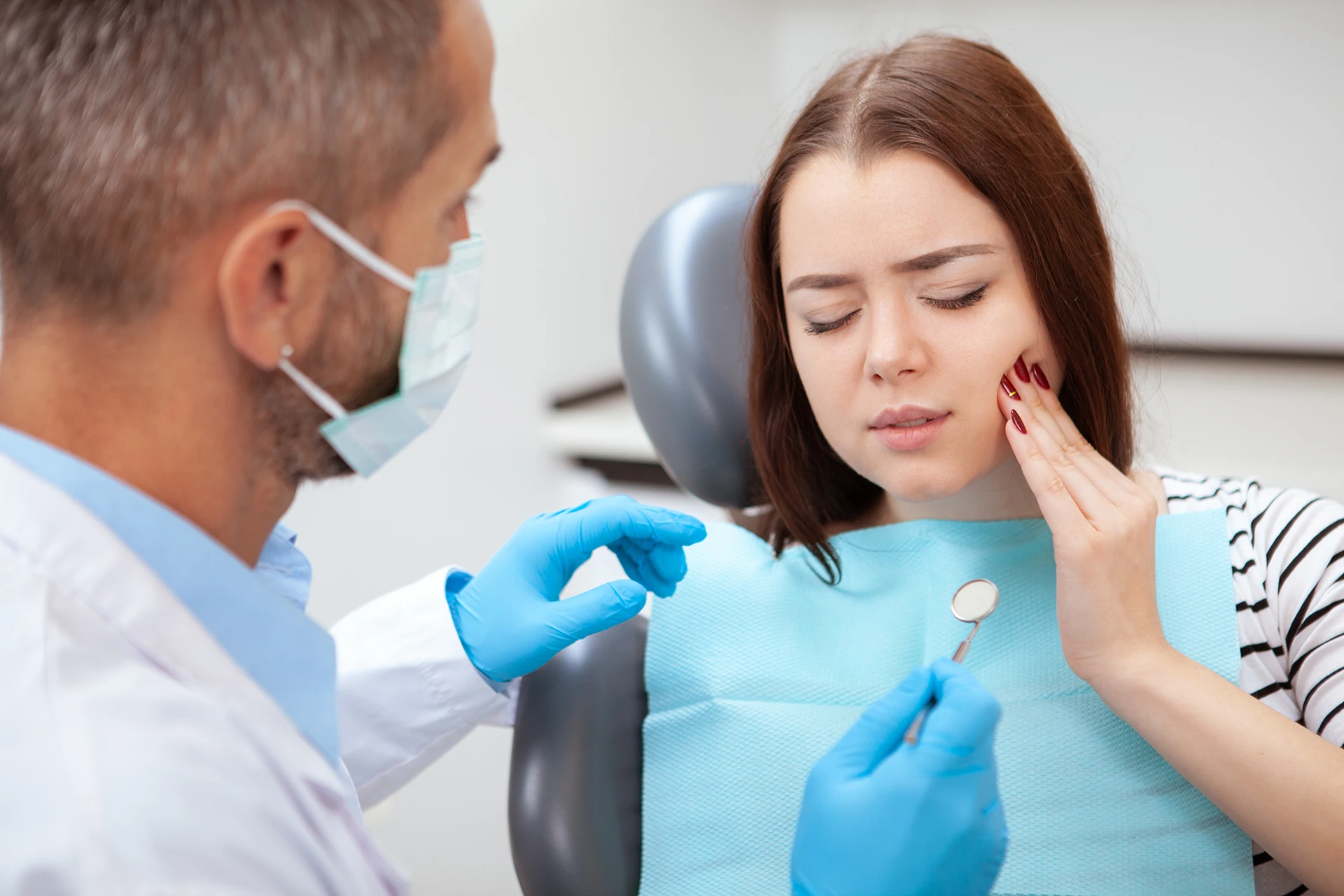Dealing with a dental emergency can be a stressful and sometimes painful experience. Questions often arise about what constitutes a dental emergency, whether insurance will cover the visit, and what to expect during the appointment. This guide may answer some emergency dental care questions and provide you with information to help you take the right steps in dental emergency care.
What Qualifies as a Dental Emergency?
Not every dental issue requires emergency care. Certain situations warrant immediate attention from a dentist to alleviate pain, prevent further damage, or address potential health risks. Conditions that typically qualify as a dental emergency include:
- Severe toothaches or pain that doesn’t improve with over-the-counter pain relief.
- Knocked-out teeth require immediate care to increase the chances of saving the tooth.
- Chipped or broken teeth where the damage causes pain or exposes the root.
- Abscesses or swelling in the mouth, especially if accompanied by fever or difficulty swallowing.
- Bleeding that doesn’t stop, often resulting from trauma or gum issues.
If you are unsure whether your situation qualifies for emergency dental care, it’s best to err on the side of caution and consult a dentist. They can evaluate your symptoms and advise on what steps to take.
Are Emergency Dental Visits Covered by Insurance?
Whether your emergency dental visit will be covered by insurance depends on the specifics of your dental insurance plan. Here are some general factors to keep in mind:
- Many dental insurance plans cover emergency visits if the treatment is deemed medically necessary.
- Procedures such as tooth extractions, abscess drainage, or repair of a broken tooth are often covered to some extent.
- Cosmetic repairs, like fixing a minor chip that doesn’t cause pain, may not be covered.
It’s a good idea to contact your insurance provider or check your policy to understand your coverage. Some providers may require preauthorization for emergency procedures, though many make exceptions in urgent situations. For those without insurance, many dental clinics offer payment plans or financing options to make urgent care more accessible.
What Happens During an Emergency Dental Visit?
Emergency dental visits are designed to address immediate concerns and alleviate pain effectively. When you visit a dentist for emergency care, the process typically starts with an initial evaluation. The dentist will ask about your symptoms, medical history, and the details surrounding the issue. They may also examine the affected area to assess the severity of the condition.
To gain a clearer understanding of the problem, the dentist might take X-rays. This helps identify issues such as infections, fractures, or underlying damage that may not be visible during the physical examination. Diagnostics help determine the appropriate course of action.
The primary goal of an emergency dental visit is to address urgent needs. Treatment during this stage could involve reducing pain, stopping bleeding, or performing temporary fixes to stabilize your condition. Examples of immediate treatments include draining abscesses, applying fillings, or reattaching knocked-out teeth.
If further treatment is required, the dentist will explain the next steps. You may need to return for a follow-up appointment to address the issue more comprehensively, such as fitting a crown, performing a root canal, or extracting a severely damaged tooth. Throughout the visit, the dentist will prioritize your comfort and safety, resolving your pressing concerns as quickly as possible.
Consult an Emergency Dental Care Provider
When facing a dental emergency, taking prompt action can make all the difference. Whether it’s a severe toothache, a knocked-out tooth, or swelling that won’t subside, addressing the problem quickly is key. Visit an emergency dental care facility near you.


Leave a Reply